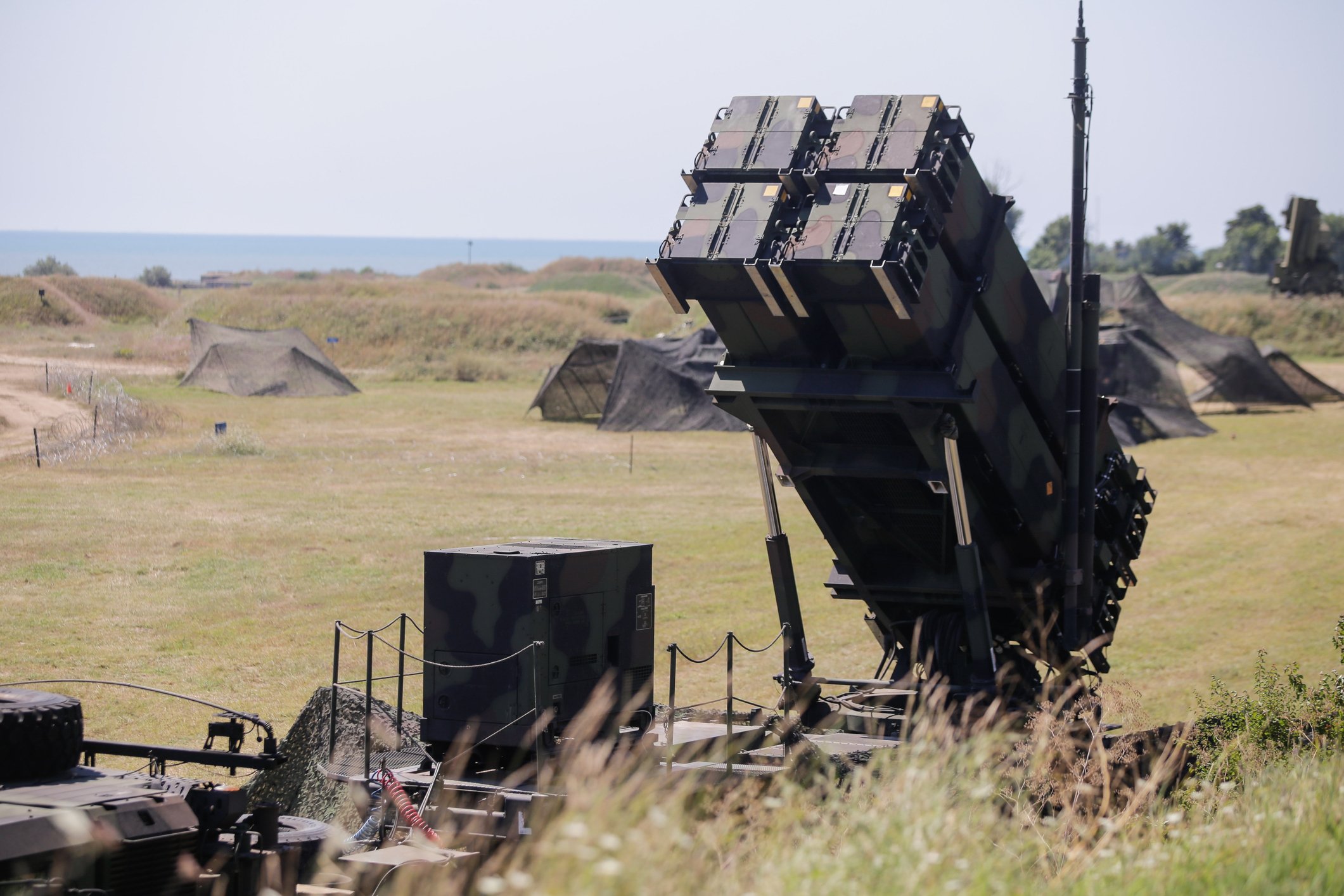Built sometimes by Lockheed Martin (LMT 4.78%), other times by General Dynamics (GD 4.18%) or Austal (AUTLY +0.00%), America's Littoral Combat Ship may well be the most derided warship in U.S. Naval history.
The "LCS," as it's mercifully abbreviated, has been deemed unable to "maintain mission capability after taking a significant hit," by the Department of Defense's own director of operational test and evaluation. More than a dozen LCSes have been built and christened, and six are in service, but the vessel has been plagued with production quality issues -- and nearly half the fleet has been sidelined for a variety of engine failures.
Simply put, the LCS is in dire need of an upgrade -- and now it may finally get it.
Front and rear views of Austal's version of the Littoral Combat Ship. Image source: Austal USA.
Last week, military news site Scout.com confirmed that the Navy is in the process of finalizing a series of upgrades to the LCS design that will convert future warships from machines suited to little more than minesweeping into true "small surface combatants" capable of holding their own in "blue water combat." By 2023, the Navy hopes to float its first upgraded and up-armored LCS, to be designated a "frigate."
Here's what we know about it.
Weapons
The biggest changes as the LCS morphs into a "frigate" will come in the form of new weapons systems -- specifically, missile batteries. Final decisions have yet to be made, but the Navy plans to outfit its frigates with something like a Hellfire missile from Lockheed Martin (LMT 4.78%) for close-in (under five miles) combat. And new long-range missiles as well: Kongsberg's Naval Strike Missile (NSM), Boeing's (BA 0.75%) Harpoon, a modified version of Raytheon's (RTN +0.00%) Tomahawk and an extended-range version of its Griffin missile, and Lockheed's Long-Range Anti-Ship Missile are all being considered, and would make the ship capable of attacking targets over the horizon.
With ranges "ranging" from 10 miles (the anticipated range of an extended-range Griffin missile) to 200 miles (LRASM), the Navy has a wide variety of missiles to choose from. Most of these missiles are fired from deck launchers. But there's a possibility for Lockheed Martin to score a third contract win in upgrading the frigates if the Navy elects to fit out its frigates with Mark 41 Vertical Launching Systems built by Lockheed.
Right now, Raytheon and Lockheed seem to have the edge in the competition to upgrade the LCS' weapons systems. Kongsberg's NSM (100 miles range) is jointly built with Raytheon, and will be test-fired later this year aboard a Freedom-variant LCS (itself built by -- you guessed it -- Lockheed Martin). Meanwhile, the Navy will be test-firing Harpoons (with a current range of 67 miles, but being upgraded to 134) from an Independence-variant LCS (built by General Dynamics and Austal).
Sensors
With all these new missiles being tested, it would be nice if some of them could find their targets. To help with this, the Navy is also planning to upgrade LCS sensors with new radar, sensors, computer technology, and communications gear.
As Navy Frigate Program Manager Capt. Dan Brintzinghoffer describes it, these capabilities will upgrade each new frigate to something "comparable to current Navy cruisers and destroyers." While not specifically saying so, this seems to imply that the frigates will be equipped with Aegis Combat Systems from Lockheed Martin.
ASW -- Anti-submarine warfare
New frigates will also sport both towed and variable depth sonar sensors for sub-hunting. Currently, such sonars can be loaded aboard LCSes as part of an ASW "mission module." The frigate upgrade will make such equipment standard. The ships will carry MH-60R Seahawk subhunting helicopters equipped with dipping sonar as well.
An opportunity for investors
So what does all this mean for investors? Last we heard, LCSes were selling for just under $500 million per hull, with added "mission modules" roughly doubling the cost of each ship. Navy estimates of the cost of upgrading to a "frigate" version of LCS call for costs to be "less than 20% more" than the cost of an un-upgraded LCS. The final cost will of course depend on which specific upgrades are settled on. But right now, with products including both short- and long-range missiles, vertical launch systems, and entire Littoral Combat Ships, Lockheed Martin appears to have a good chance of winning a good chunk of whatever funds ultimately flow from upgrading LCSes into frigates.
Also important, though, is how many ships get built with these upgrades.
In that regard, in 2015, outgoing Secretary of Defense Ashton Carter famously ordered the Navy to pause LCS construction at unit No. 32, and scale back its purchases of LCSes/frigates from a planned 52 vessels to just 40. This would imply that, after the first 32 ships have been built, only eight new vessels might receive the "frigate" designation -- and the new upgrades.
Incoming president Donald Trump, meanwhile, has called for the creation of a 350-ship Navy. To reach that goal, the presumptive new Secretary of Defense, Marine Corps General James Mattis, may decide to continue building frigates up to the previously planned 52-ship level -- or beyond.









